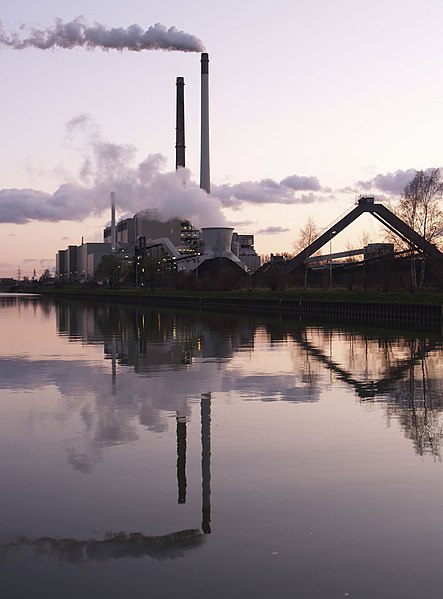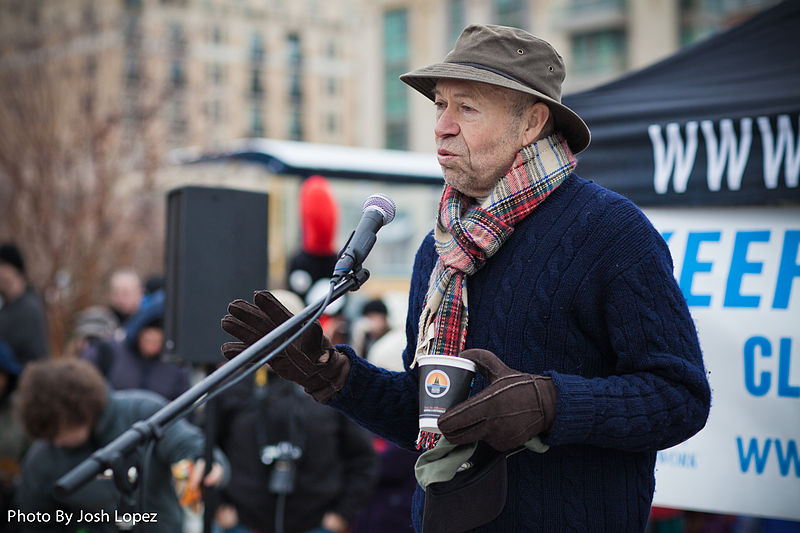The following was cross-posted with the Public Education Center's D.C. Bureau, which you can find by clicking here.



By Nick Cunningham
Politics Trumps Clean Air? Climate Change Can Kicked Down the Road
On April 12, the Environmental Protection Agency (EPA) announced that it would delay regulations on greenhouse gases from new power plants after hearing complaints from the electric power industry. The much anticipated rules would have effectively prohibited the construction of new coal-fired power plants and remains one of the few major tools the Obama administration could use to address greenhouse gas emissions, given the current gridlock in Congress.
The proposed rule, published in March 2012, would have limited emissions from new power plants larger than 25 megawatts to 1,000 pounds of CO2 per megawatt-hour (CO2/MWh). With the average coal-fired power plant emitting 1,768 pounds of CO2/MWh, future coal plants would not meet the standard without carbon capture and sequestration.
According to the Energy Information Administration, there are 13 proposed coal projects over the next four years, totaling 8,336 megawatts of capacity. These facilities would be subjected to emissions limits if the EPA finalizes its rule, potentially killing many of these projects. On April 3, The Macon Telegraph reported that developers of an 850-megawatt coal plant in Sandersville, GA were in a “dead sprint” to complete the project before EPA solidified the rule. Now that EPA delayed the rule, when the plant finishes construction, it will qualify as an “existing” power plant, avoiding greenhouse gas limits.
EPA decided this month to revise the rules, ostensibly to firm them up in order to withstand legal attacks. The utility industry opposes the rule and threatened litigation because they argue the rule violates the Clean Air Act.

Senator James Inhofe
The rule is an outgrowth of the 2007 Supreme Court ruling inMassachusetts vs. EPA. The court found that under the Clean Air Act, the EPA must regulate greenhouse gases if found to be an endangerment to public health. This ruling led to EPA’s December 2009 “endangerment finding,” which declared greenhouse gases to, in fact, be a threat to public health.
Using this legal foundation, last year the EPA proposed limits on greenhouse gases for new power plants. However, under the Clean Air Act, the EPA is required to set standards so that industry can meet them using the “best system of emission reduction.” The industry argues coal plants cannot meet the proposed limits of 1,000 pounds of CO2/MWh because carbon capture and sequestration is not yet available. Thus, the industry claims, EPA’s regulation is illegal.
Fearing the rule would not hold up in court, the EPA decided to revise the rule to provide separate emissions limits for coal and natural gas. (Natural gas plants emit only about 800 pounds of CO2/MWh.) However, rewriting the rule will significantly delay implementation. The EPA Press Secretary, Alisha Johnson stated that “no timetable has been set,” for issuing the rule.

Robert Perciasepe
More importantly, by delaying the rule on new power plants, limits on greenhouse gases from existing power plants – something Acting EPA Administrator Robert Perciasepe stated the agency would like to roll out within 18 months – could be pushed back as well. While rules on new power plants may stop a dozen or so coal plants from being considered, there arecurrently over 1,400 existing coal generating stations, adding up to 343 gigawatts of power. Together, these power plants account for about 28% of total U.S. greenhouse gas emissions. If the United States is to deal with climate change in a meaningful way, it will need to shut down the vast majority of the coal plants already operating.

Gina McCarthy
While the EPA claims that it is rewriting the rule to ensure it can withstand a legal challenge – which necessarily means watering them down – there remains the possibility that political calculation played a role. President Obama has nominated Gina McCarthy for EPA Administrator, but she had not yet been confirmed by April 13, the deadline EPA was required to meet to finalize the rule. During her confirmation hearing, Republicans raisedlittle opposition to her nomination, focusing their ire on the lack of transparency at the EPA.
Despite the general congeniality between Senate Republicans and McCarthy, who has previously worked for Republican governors, the prospect of issuing a final rule on limits of greenhouse gas emissions for power plants might have changed that equation. In fact, Senator James Inhofe, who has long called climate change a “hoax,” sent a letter to Gina McCarthy on April 16, 2013 asking whether or not she will agree to withdraw the rule on limiting greenhouse gas emissions on new power plants if confirmed as EPA Administrator. From the letter:
“If confirmed, will you agree to withdraw the current rule so the Agency can deliberate on the path forward it plans to take without unnecessarily impacting the immediate construction of new [electricity generating units]?”
One has to wonder whether or not the administration anticipated the rule becoming a political firestorm. After the contentious nomination process for Chuck Hagel as Secretary of Defense, it’s possible the administration did not want to revisit a fight with Senate Republicans until McCarthy is safely confirmed.
Meanwhile, the decision by the EPA to delay the rules means that for the time being there will continue to be no limits on greenhouse gases from power plants. With zero prospect of legislative action from Congress, EPA authority under the Clean Air Act to address greenhouse gases remains one of the few avenues to rein in carbon pollution. However, the administration has punted once again.













